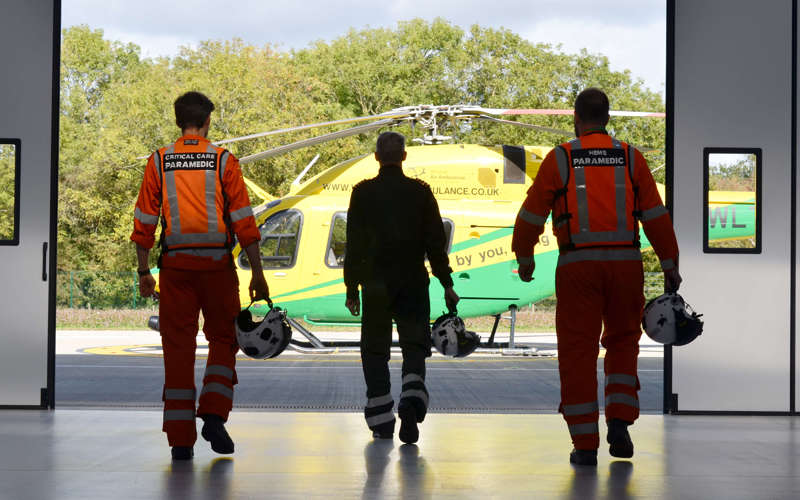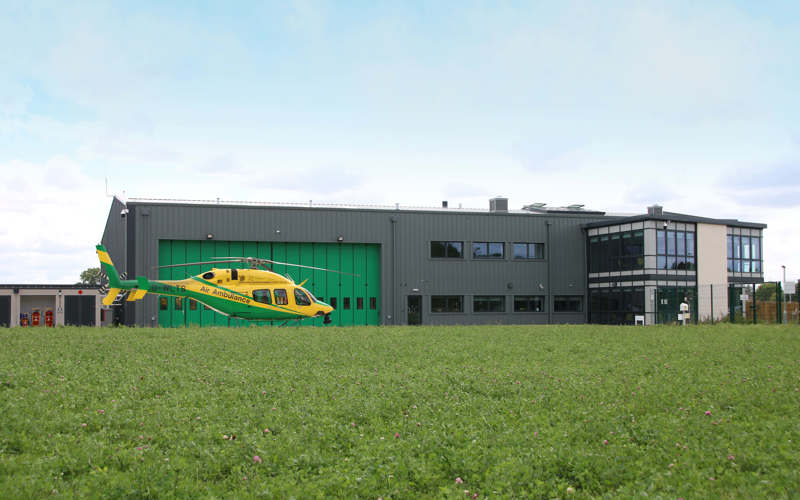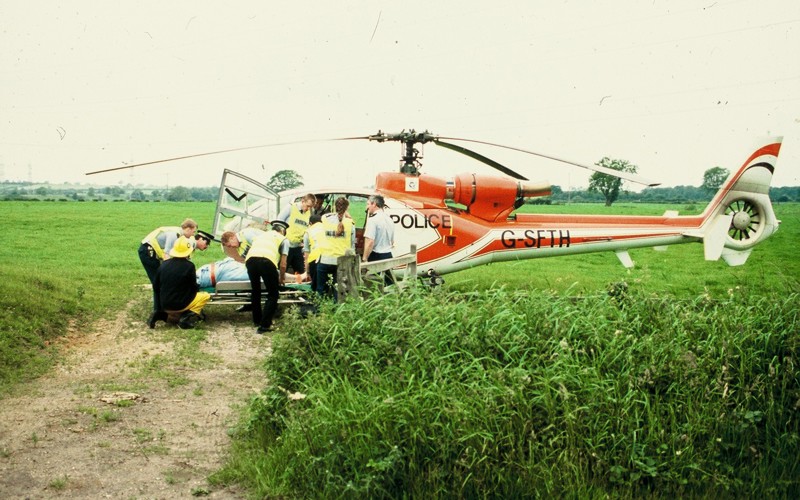Direct greenhouse gas emissions that occur from sources owned or controlled by a company, such as emissions from combustion of fuels in on-site boilers, furnaces, or vehicles.
Climate change poses a significant threat to the environment and human health.
It's recognised that the same factors driving climate change also lead to health problems.
The NHS acknowledges that the climate emergency is a health emergency, and without action, it will disrupt healthcare and contribute to diseases like cancer, asthma, and heart issues.
COP26 has raised global awareness about climate change risks and pressure on governments to reduce greenhouse gas emissions. Addressing carbon footprints at all levels, including individuals, businesses, and public services, is essential.
Addressing climate change at Wiltshire Air Ambulance is hugely important. We recognise our responsibility to reduce our environmental impact. Although we have taken some steps to mitigate greenhouse gases, we aim to become a Net Zero organisation by 2050. Achieving this not only benefits the environment but also offers financial advantages.
* This is a summarised extract from the Wiltshire Air Ambulance Environmental Strategy, as written by Captain Rob Collingwood.
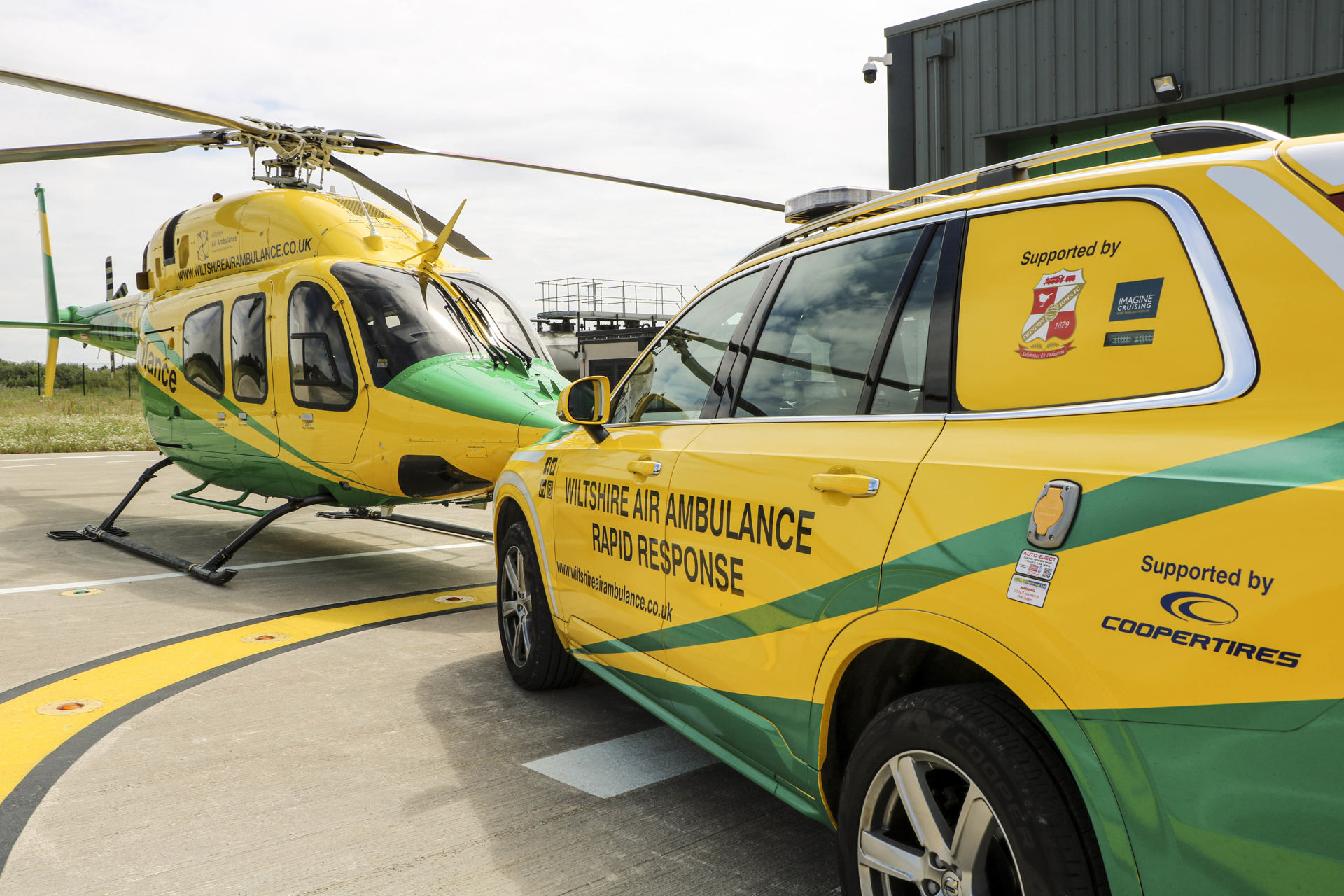
"It has never been more important for the charity to act against climate change. Whilst the part we play seems small, the collective effort will be for the good of us all."
Danielle Friend, director of finance and infrastructure
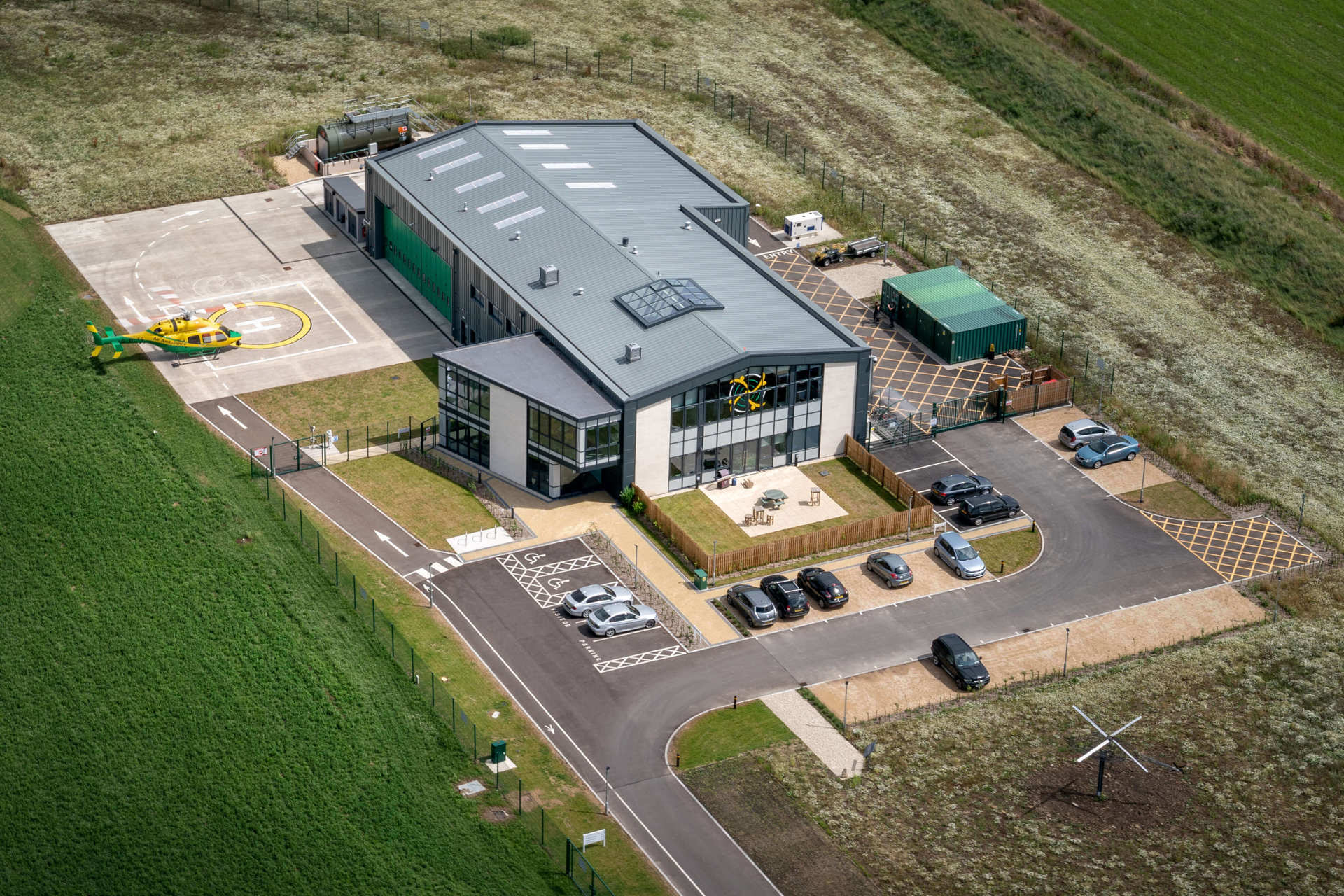
All charities and businesses alike are scoping how they can reduce their carbon emissions.
Like them, we are looking at every element of our organisation, whether this be the medical service, back-office functions, general infrasturcture or running requirements, as each input their own element of carbon.
Our own sustainability strategy sets out a 68% reduction of carbon by 2030.
Efforts to decarbonise air travel face significant headwinds due to large technical barriers associated with removing or replacing jet fuel, however there are promising signs of low carbon innovation that we hope to benefit from over the next couple of decades.
Not only do we aspire to reduce our emissions to Net Zero by 2050, but we also hope to inspire our partners, supporters, suppliers, and communities to take action.
We appointed Positive Planet in 2022 to measure our carbon emissions. We have made a commitment to measure our carbon emissions every year to ensure we are true to our targets.
"We all aspire to make sustainable choices and actively encourage and support our staff, suppliers and other stakeholders to make those key decisions."
Danielle Friend, director of finance and infrastructure
What does Net Zero mean?
To achieve Net Zero, we will be aiming to reduce emissions in line with the latest science-based targets (SBTs). SBTs are greenhouse gas reduction goals set by organisations.
They are defined as "science-based" when they align with the scale of reductions required to keep global temperature increases well-below 2 C, and ideally below the 1.5 C agreed in the Paris Agreement, compared to pre-industrial temperatures. SBTs provide organisations with pathways to sustainable transformational change to accelerate the transition to a low carbon economy.
Current guidance from the Science Based Targets Initiative (SBTi) states that for most businesses, this means a total reduction in emissions across all scopes by 90% by 2050 at the latest. Carbon removals should then be used to neutralise the residual emissions.

"We have already made progress by selecting a renewable energy supplier, installing electric vehicle charging points, and appointing SmartTech Energy to review our energy usage as well as explore options for solar."
Danielle Friend, director of finance and infrastructure
Key definitions
Net Zero
When a business has reduced its Scope 1, 2 and 3 emissions by as much as possible, leaving only 'residual' emissions, which cannot be removed. Carbon removals should then be used to neutralise the residual emissions.
Carbon Neutral
A carbon neutral business has committed to reducing emissions, and in the meantime balances its remaining emissions through carbon removal/offsetting schemes.
Zero Emissions
When no carbon is produced directly from a particular activity, product or service (such as the running of an electric van or an electric cooker on electricity produced through solar power).

Our carbon emissions
In devising a carbon reduction plan with the goal of achieving net zero it is critical that we first understand where our emissions come from. To support this, we have partnered with Positive Planet to measure our emissions.
How our carbon footprint is calculated
Using the GHG Emissions Protocol Standard, business emissions are identified using three scopes of emissions. Six Greenhouse Gases are calculated as part this emissions report, known as the six Kyoto Protocol GHGs. These gases occur the most often as a result of business activities, with the highest Global Warming Potential. For the purposes of emissions reporting, these gases are simplified and measured in the unit of tonnes of carbon dioxide equivalent (tCO2e).
Our targets
We aim to:
- Reduce our Scope 1 & 2 emissions* by 25% by 2026, and 42% by 2030.
- Reduce our Scope 3 emissions* by 42% by 2030.
- Reduce aviation fuel emissions by 35% by 2030, 40% by 2035, and 65% by 2050.
- Become Net Zero by 2050 at the latest.
*excluding emissions related to aviation fuel.
We are aligning to the SBTi’s Net Zero targets. The SBTi’s Aviation Pathway is still in development and not entirely useable for us yet (only suitable for commercial airlines at present), and we may therefore need to adjust our targets in the future when guidance is updated. The majority of our targets currently follow the SBTi’s cross-sectoral guidance.
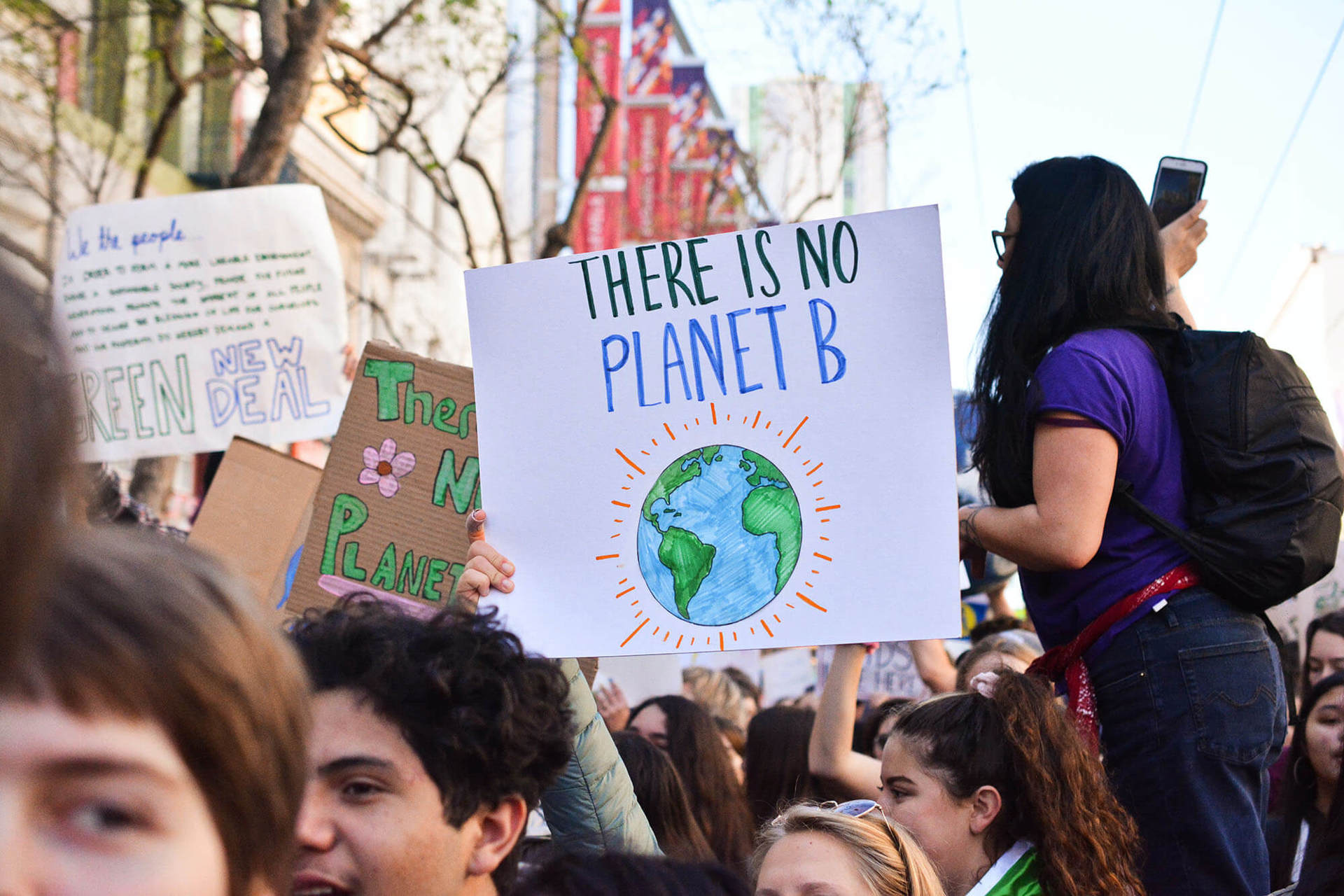
"Only 11% of businesses currently measure their carbon emissions, we are very proud to be one of them. This is the first important step in our carbon reduction journey, and we look forward to continuing our ambitious work."
Danielle Friend, director of finance and infrastructure
Our roadmap to Net Zero
-
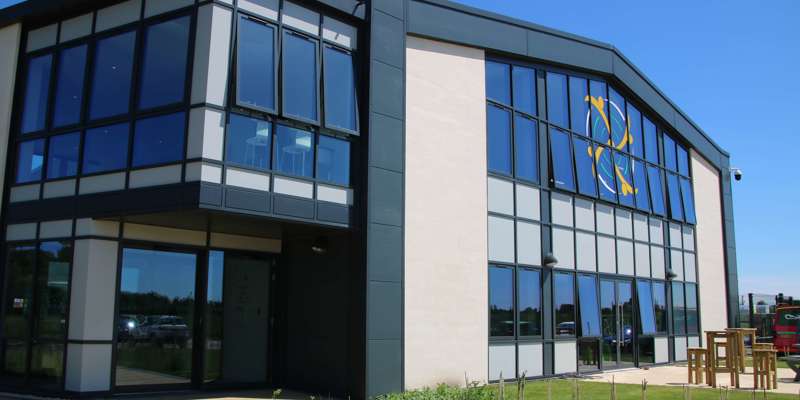 2023
2023
- Started measuring green emissions
- Created a Green Team
- Switched to 100% renewable energy tariff
- Monitor and adjust office temperature controls
- Partnered with Terracycle on a community project
- Installed electric vehicle (EV) chargers
- Launched an EV salary sacrifice scheme
- Partnered with SmartTech Energy to review energy optimisation opportunities
-
 2024
2024
- Install air circulation system for optimal heating
- Commit to improving data quality
- Start sending annual supplier sustainability survey
- Develop and implement sustainable procurement and travel policies
- Start providing Carbon Literacy training to teams
-
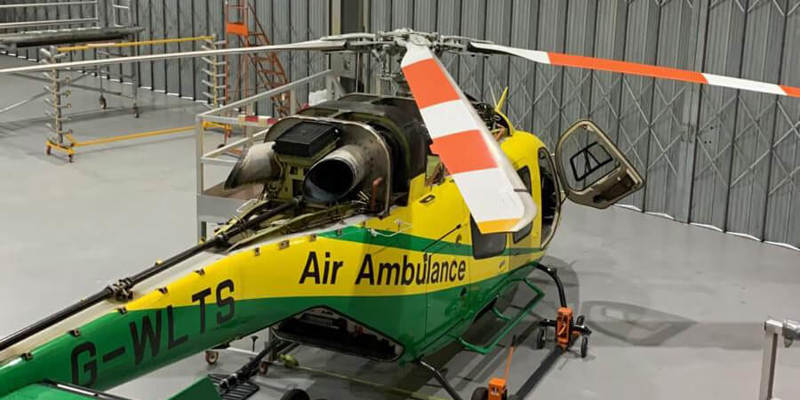 2025
2025
- Engage with helicopter maintenance and engine service plan providers to gain data and help reduce emissions
- Engage at least 60% of suppliers
-
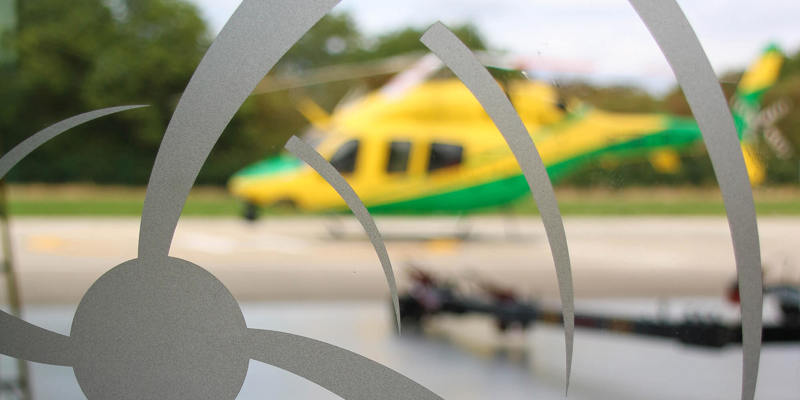 2026
2026
- Aim for 100% of employees Carbon Literate certified
- Embed training in new employee onboarding
- Commit to engaging in industry sustainability forums
-
 2027
2027
- Gain emissions data from 100% of suppliers
- Start prioritising suppliers based on decarbonisation efforts
-
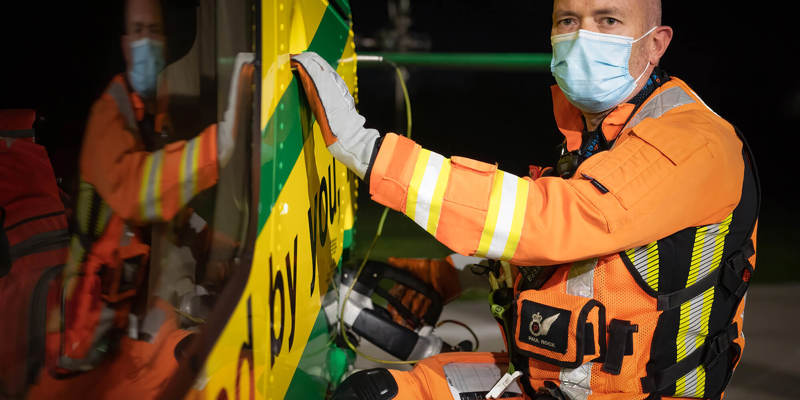 2028
2028
- Research feasibility of using Sustainable Aviation Fuel (SAF) to power helicopters
-
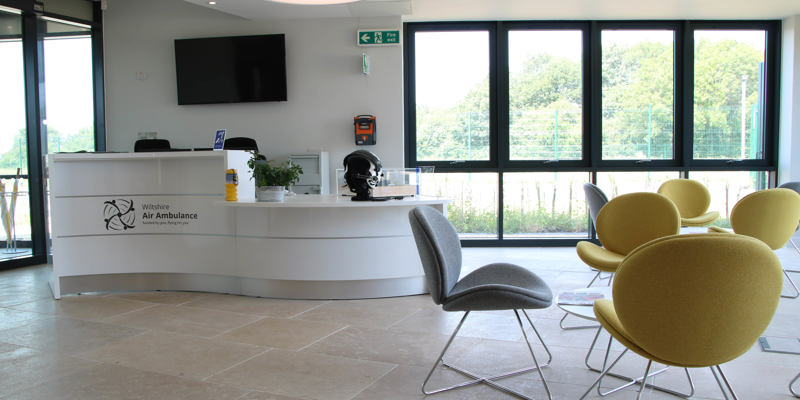 2029
2029
- Review options and install low carbon heating systems in buildings if possible
-
 2030
2030
- Review success and plan 2030-2050 targets
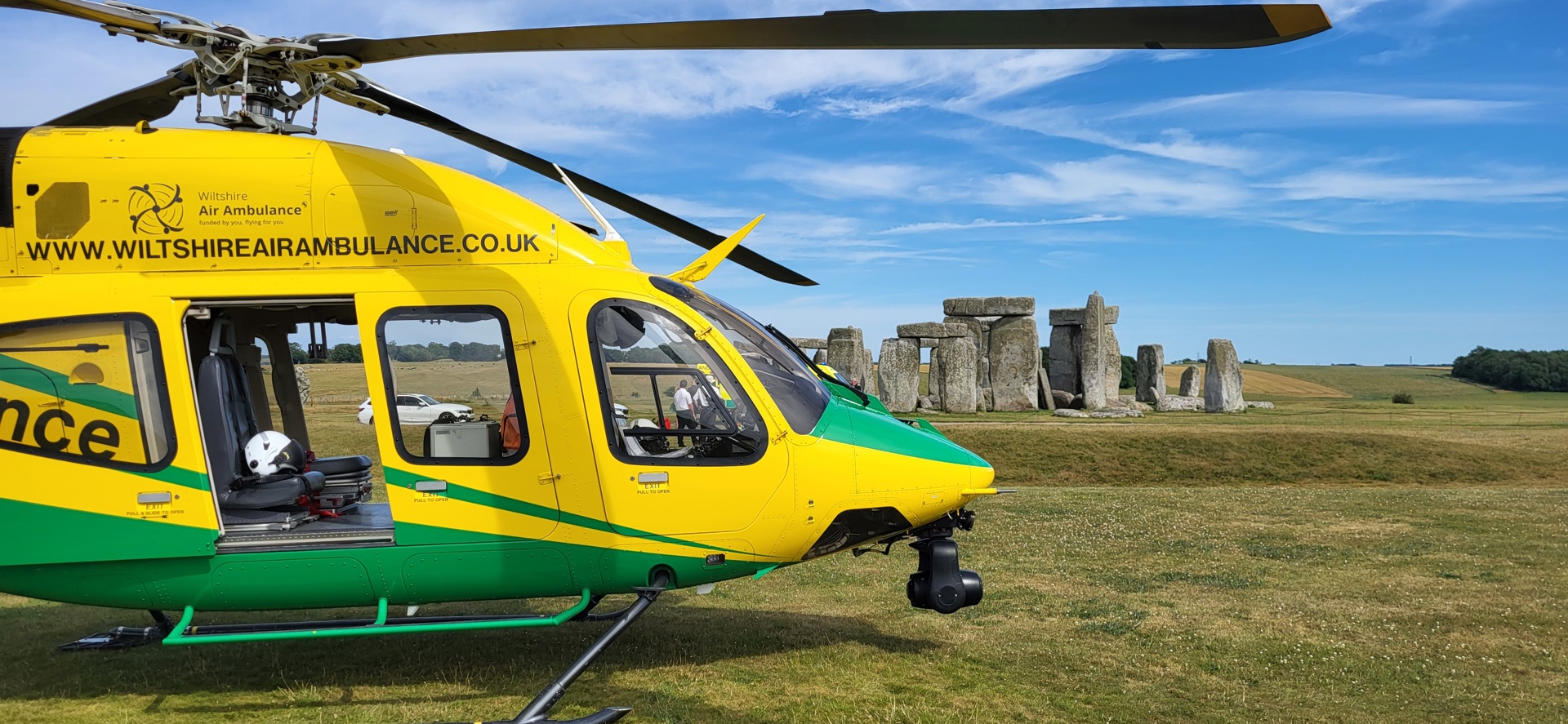
Summary
We are proud of our progress to date and our ambitious decarbonisation targets as we aim to become Net Zero by 2050.
Making a positive impact is part of our company culture and our roadmap provides feasible steps to help us protect our planet.
Engagement is an extremely vital piece of our climate puzzle, and we remain committed to engaging, education and inspiring change amongst our colleagues, suppliers, partners, and wider networks.
Whilst we reflect on our accomplishments to date, we look to the future and are excited by further opportunities to instigate change that will benefit our planet and people for generations to come.
Get in touch
Have you been airlifted by us?
If you or someone you know has been airlifted by our team, it would be great to hear from you. We can arrange for a visit to the airbase for the chance to meet our pilots, paramedics and doctors.


